The Port of Darwin is located in Darwin Harbour, on the northern coast of Australia in the Northern Territory. As Australia's northernmost capital city, Darwin serves as a strategic hub for trade, defense, and tourism, often referred to as the 'Gateway to Asia'. The port is a modern, deep-water facility capable of accommodating a wide range of vessels, including large cruise ships.
For cruise passengers, Darwin is a key port of call on itineraries exploring Australia's 'Top End' and on longer circumnavigation voyages. The port provides access to the city's unique blend of cosmopolitan amenities, rich Aboriginal culture, and dramatic wartime history, all set within a stunning tropical environment.
A top attraction located right in the city center is Crocosaurus Cove, a reptile park that offers up-close encounters with Australia's iconic saltwater crocodiles. It's just a short taxi ride from the port and provides a unique look at the region's most famous predator. For the truly adventurous, the 'Cage of Death' experience allows you to be lowered into a crocodile enclosure.
The Museum and Art Gallery of the Northern Territory is a must-see for those interested in the region's art, culture, and history. It houses an extensive collection of Aboriginal art and a sobering, powerful exhibition on Cyclone Tracy, which devastated the city in 1974. The museum is located at Bullocky Point, about a 10-minute drive from the cruise terminal.
For a peaceful retreat, the George Brown Darwin Botanic Gardens showcases a stunning collection of tropical flora. These historic gardens feature plants from northern Australia and other tropical regions around the world, providing a shady escape from the city heat.
Last updated on June 20, 2025
Litchfield National Park is a highly popular day trip destination, located about a 90-minute to two-hour drive from Darwin. The park is famous for its stunning waterfalls, crystal-clear swimming holes (in designated safe areas), and impressive magnetic termite mounds. Many cruise lines and local operators offer full-day shore excursions to Litchfield.
Another famous excursion is a 'Jumping Crocodile' cruise on the Adelaide River, approximately a one-hour drive from the port. These tours offer a thrilling opportunity to see massive saltwater crocodiles leap out of the water. Due to the travel times, these destinations are best visited as part of an organized tour to ensure a timely return to the ship.
Last updated on June 20, 2025
Cruise ships in Darwin dock at Fort Hill Wharf, which is part of the Darwin Port. The wharf is conveniently located just over a kilometer (about one mile) from Darwin's central business district (CBD). However, the walk into town involves a steep incline and can be challenging, especially in Darwin's typical heat and humidity.
Because of the heat and terrain, most passengers opt for transportation into the city. Cruise lines often provide shuttle buses (sometimes for a fee) to a central drop-off point, and taxis are always available at the terminal. The cruise terminal itself is a modern, functional facility with basic amenities like restrooms and tour dispatch areas, but it has limited shops or food services.
Last updated on June 18, 2025
The official currency is the Australian Dollar (AUD). It is highly recommended to use the local currency for all transactions. US Dollars and other foreign currencies are generally not accepted in shops or restaurants.
Major credit cards such as Visa and Mastercard are widely accepted in most establishments, including hotels, restaurants, and tour operators. ATMs are readily available throughout the city center, including near the cruise terminal and in shopping areas, making it easy to withdraw Australian Dollars. Currency exchange services can be found at banks within the city.
Last updated on June 18, 2025
Darwin is generally a safe city for tourists, but visitors should take specific precautions related to the natural environment. The sun is extremely strong year-round, so wearing a hat, high-SPF sunscreen, and sunglasses, as well as staying well-hydrated, is essential to avoid heatstroke and sunburn.
It is critically important to be 'croc-wise'. Saltwater crocodiles inhabit all waterways in the region, including beaches, rivers, and estuaries. Never swim in any body of water unless it is clearly signposted as a safe swimming area, such as a public pool or a designated swimming hole in a national park. Similarly, be aware of seasonal warnings for venomous box jellyfish (stingers), particularly during the wet season (October to May).
Standard safety practices, such as being aware of your surroundings and securing your belongings, should be followed. Exploring the city center independently is considered safe.
Last updated on June 18, 2025
Darwin has a tropical climate with two distinct seasons: the 'wet' and the 'dry'. Most cruise ships visit during the dry season, which runs from May to October. During this time, the weather is characterized by clear blue skies, low humidity, and plenty of sunshine. Daily temperatures typically range from 21°C (70°F) in the evening to 32°C (90°F) during the day.
The wet season, from November to April, is hot, humid, and marked by monsoonal rains and spectacular thunderstorms. While some cruises do visit during this period, passengers should be prepared for higher humidity and daily downpours. This period is also the official cyclone season for the region.
Regardless of the season, it is essential to pack lightweight clothing, a wide-brimmed hat, sunglasses, strong sunscreen, and insect repellent.
Last updated on June 18, 2025
Taxis are readily available at the cruise terminal to take passengers into the city center or to nearby attractions. Ride-sharing services also operate in Darwin and can be a convenient option. The journey from the port to the CBD is short, typically taking less than 10 minutes.
Darwin has a public bus system, and information on routes and schedules can be found on the Northern Territory government's public transport website. For tourists, a hop-on-hop-off bus service often operates, providing a convenient way to see the main sights. Given the heat and humidity, walking from the port to the city is not recommended for most visitors.
Last updated on June 18, 2025
The main shopping area in Darwin's CBD is the Smith Street Mall, a pedestrian-only precinct with a mix of national retailers, department stores, and souvenir shops. For a more boutique experience, the Darwin Waterfront Precinct offers a selection of shops and galleries alongside its restaurants and wave lagoon.
Popular local souvenirs include authentic Aboriginal art and crafts, which can be found in specialized galleries that ensure ethical sourcing. Other unique items include products made from crocodile leather and jewelry featuring exquisite South Sea pearls. For a vibrant local shopping experience, the seasonal Mindil Beach Sunset Market (Thursdays and Sundays, April to October) and the year-round Parap Village Market (Saturdays) are fantastic places to find local food, arts, and crafts. Prices in retail stores are fixed.
Last updated on June 18, 2025


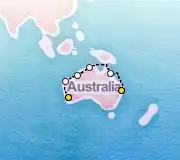
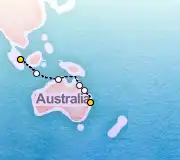



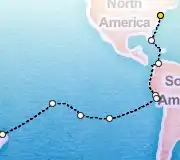
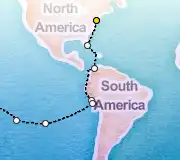
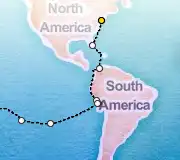
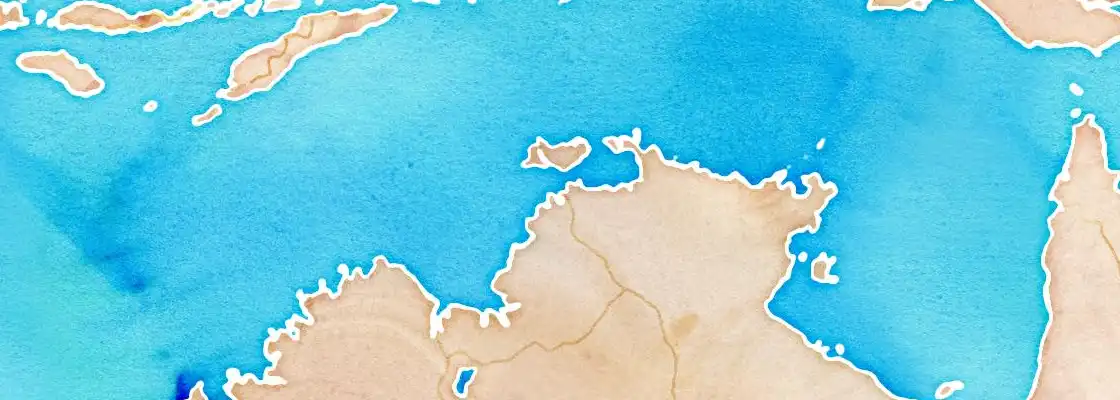
No ships scheduled in port today.
Overall Darwin is rather expensive as a port of call. Cruises visiting Darwin during the the peak season of winter are much more expensive than the the low season of summer. The illustration below shows the monthly average cost per day for cruises visiting Darwin.
Want to hear about the best deals and cruise tips every week? Sign up for our free weekly VIP Newsletter, customized exactly to your preferences!